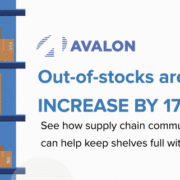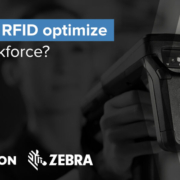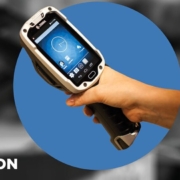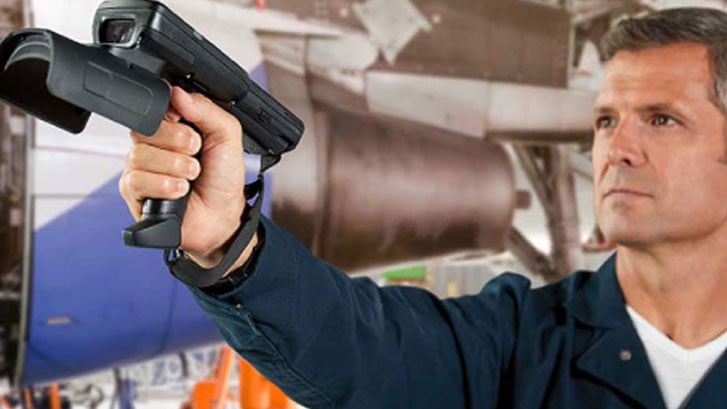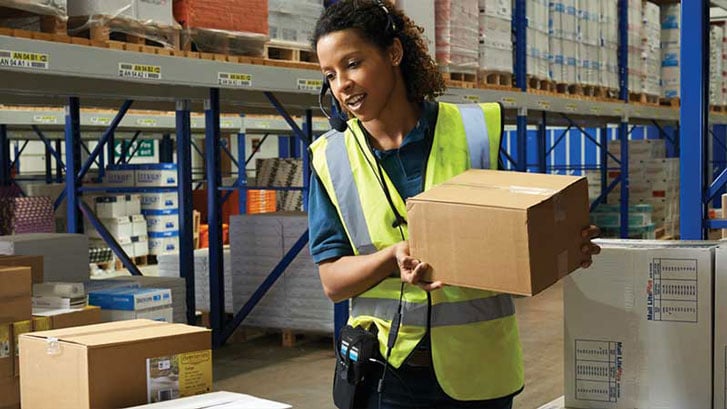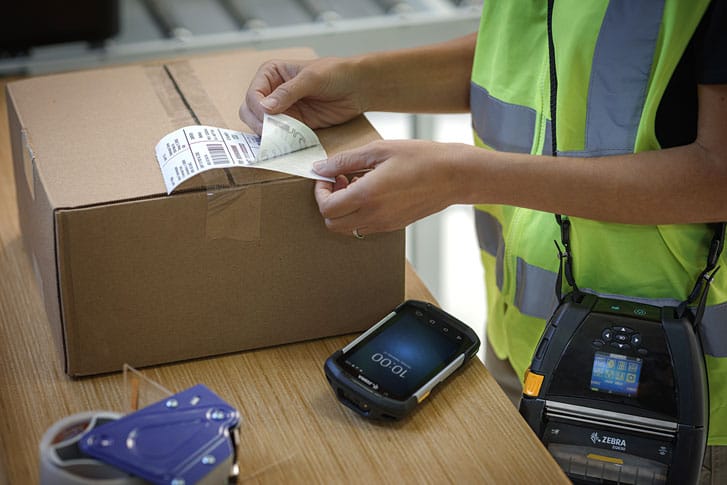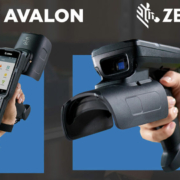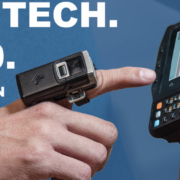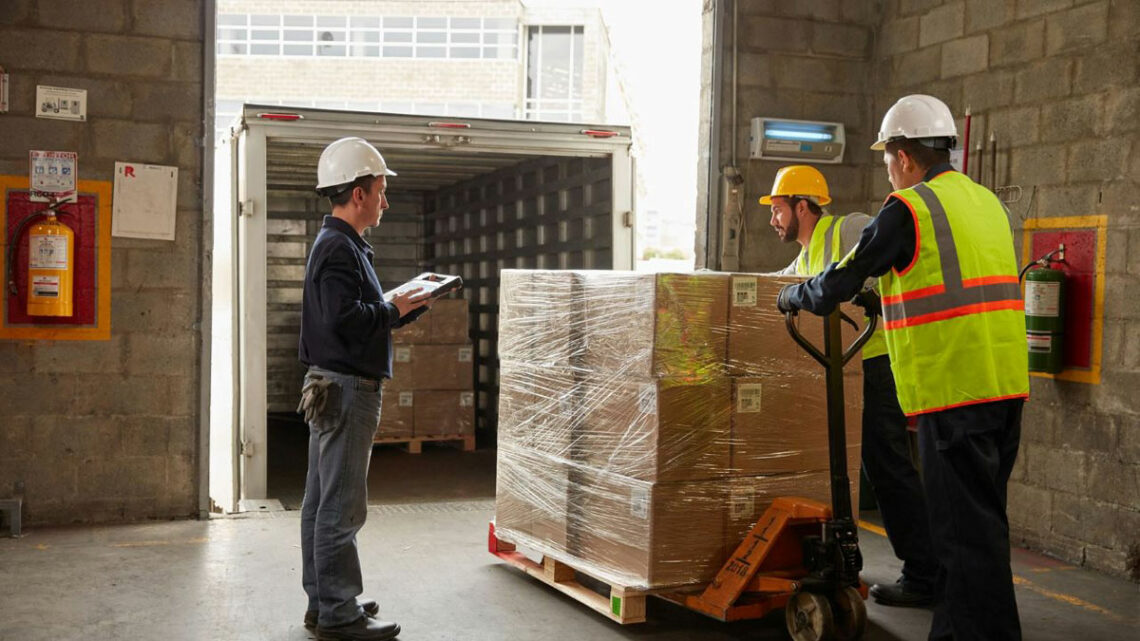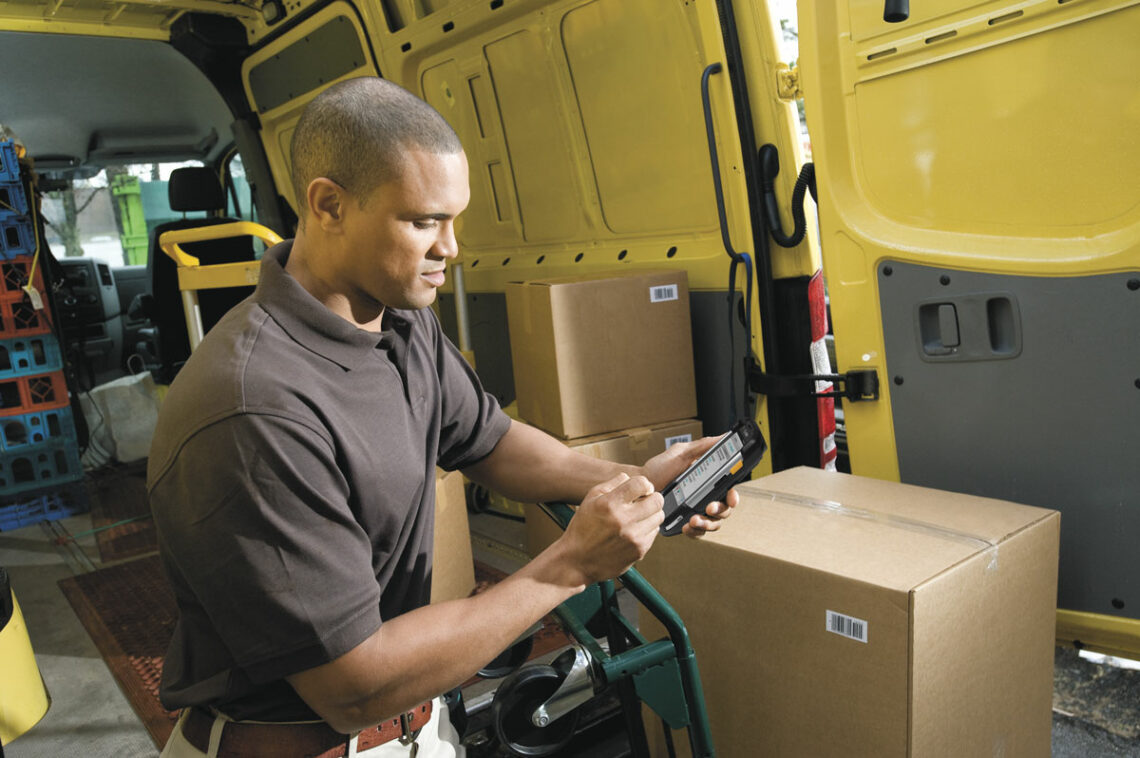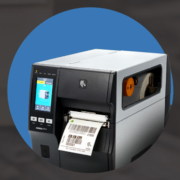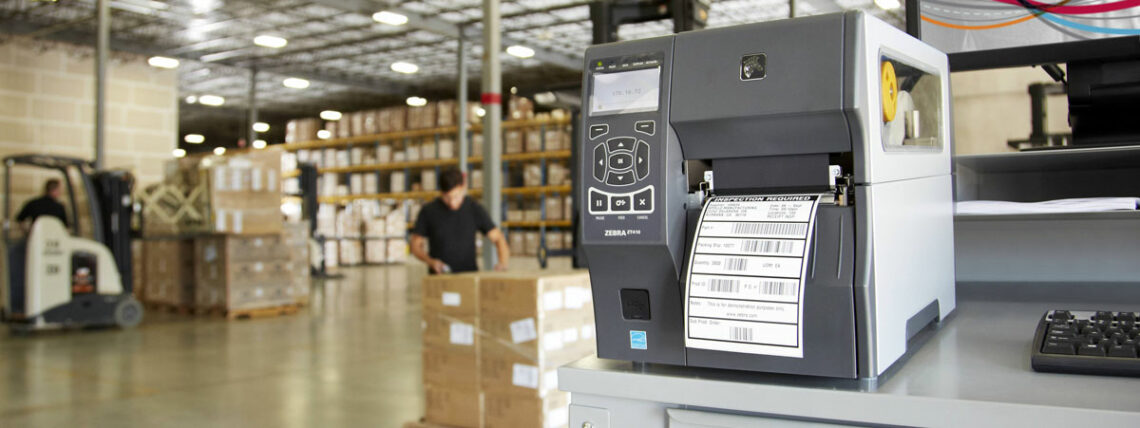Thanks to omnichannel fulfillment and globalization, today’s products pass through several hands between the factory production and the checkout lane. Amongst the many systems in place to ensure smooth production flows, workforce communication across the supply chain continues to be a struggle for most companies. Without proper communication channels between warehouses and retailers, costly out-of-stocks threaten customer satisfaction and profitability. Unfortunately, it’s estimated that out-of-stocks will increase by 172% this year due to labor and supply chain shortages, and communication breakdowns are only expected to worsen the situation. Despite the outlook, studies suggest digital sales between November 1st and December 31st will amount to at least $207 billion in the U.S. alone. Poor supply chain communication is often caused by:
- SKU proliferation – Many different variants of the same kind of product may be difficult to track once they leave the warehouse.
- Various shipping options – Companies offering direct-to-customer and buy-online-pickup-in-store shipping options may open pallets, leaving more room for error and incorrect storage.
- Inexperienced workforce – As new hires take time to adapt to workflows, delays may result during inventory counting.
On the flipside, companies actively integrating dependable communication channels between the storefront and suppliers have seen up to 25% productivity increases since delays and inaccuracies are mitigated before they progress through the supply chain. As the 2021 Holiday Peak Season draws near, the following solutions have grown in popularity among retailers and distributors to breakdown communication barriers:
- Wireless networking – Wall-to-wall connectivity enables warehouse workers to update stock counts from anywhere, but connectivity across the supply chain allows all teams to update and alert each other of stock shortages, production delays, and delivery times before surprises affect customer loyalty. For example, push-to-talk applications like Zebra’s Workforce Connect unites drivers and warehouse administrators, enabling real-time routing, voice-based texting, and task adjustments all without an additional device. This lowers operation costs while making sure transportation teams have access to the most current updates wherever they are.
- Streamlined mobile computing – Multiple SKU numbers are difficult to track when using legacy-based systems and manual data processing. To eliminate error-prone repetitive tasks such as inventory logging and cycle counting, next-generation mobile computers are now equipped with intelligent scanning engines to transmit barcode data straight to the WMS, bypassing paper tracking. Rugged mobile devices can also be taken outside of the warehouse, ensuring one durable, simple, and standard digital experience for both warehouse, delivery, and retailers.
- RFID verification – Lastly, with shipping timeframes shrinking to mere days, fast and accurate order verification is essential to prevent errors from leaving the warehouse. Consequently, RFID tracking and traceability has proven valuable in quickly verifying orders as they move down the supply chain. Real-time locationing solutions within the storefront also assist busy associates in tracking high-demand items, providing fast customer service during peak hours.
While the solutions above provide a safe place to start enhancing supply chain communication, unique applications may require a more tailored solution to adapt to your workflow’s demand and capacity. To explore more optimization choices, contact us for a step-by-step assessment of the current obstacles in your workflows.

